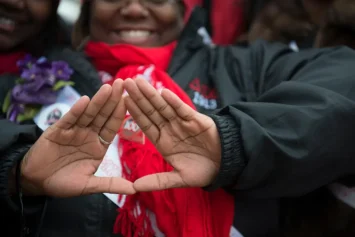The Pell Grant, which had served as a financial lifeblood to many students at historically Black colleges and universities for decades, was limited in 2011 by the federal government to use for only 12 semesters. Prior to then, it was available for 18 semesters. The change was almost crippling to HBCU students who, on average, take longer to complete requirements for graduation. Only one-third of HBCU students graduate in four years, according to studies. And so, Black colleges lost significant tuition revenue because students could not afford to stay in school. Marybeth Gasman, a professor of higher education at the University of Pennsylvania, said to insiderhighered.com that almost 85 percent of HBCU students receive Pell Grants, making the decrease in its availability significant.
Parent PLUS loans, another often-used, government-based vehicle that HBCU students used to get and stay in school, also have been limited since 2011, a huge blow to predominantly Black schools. Low graduation rates impact available money, meaning countless schools have been affected because of so many dropouts for financial reasons. This situation has been considered a “crisis” by educators who closely monitor historically Black colleges. “It could be a bloodbath,” said Johnny C. Taylor Jr., the president and CEO of the Thurgood Marshall College Fund. Paying back loans on time opens the doors to other students receiving loans. But the rate of payback among HBCU students is too low, making it hard for students coming behind them to receive that financial assistance.




